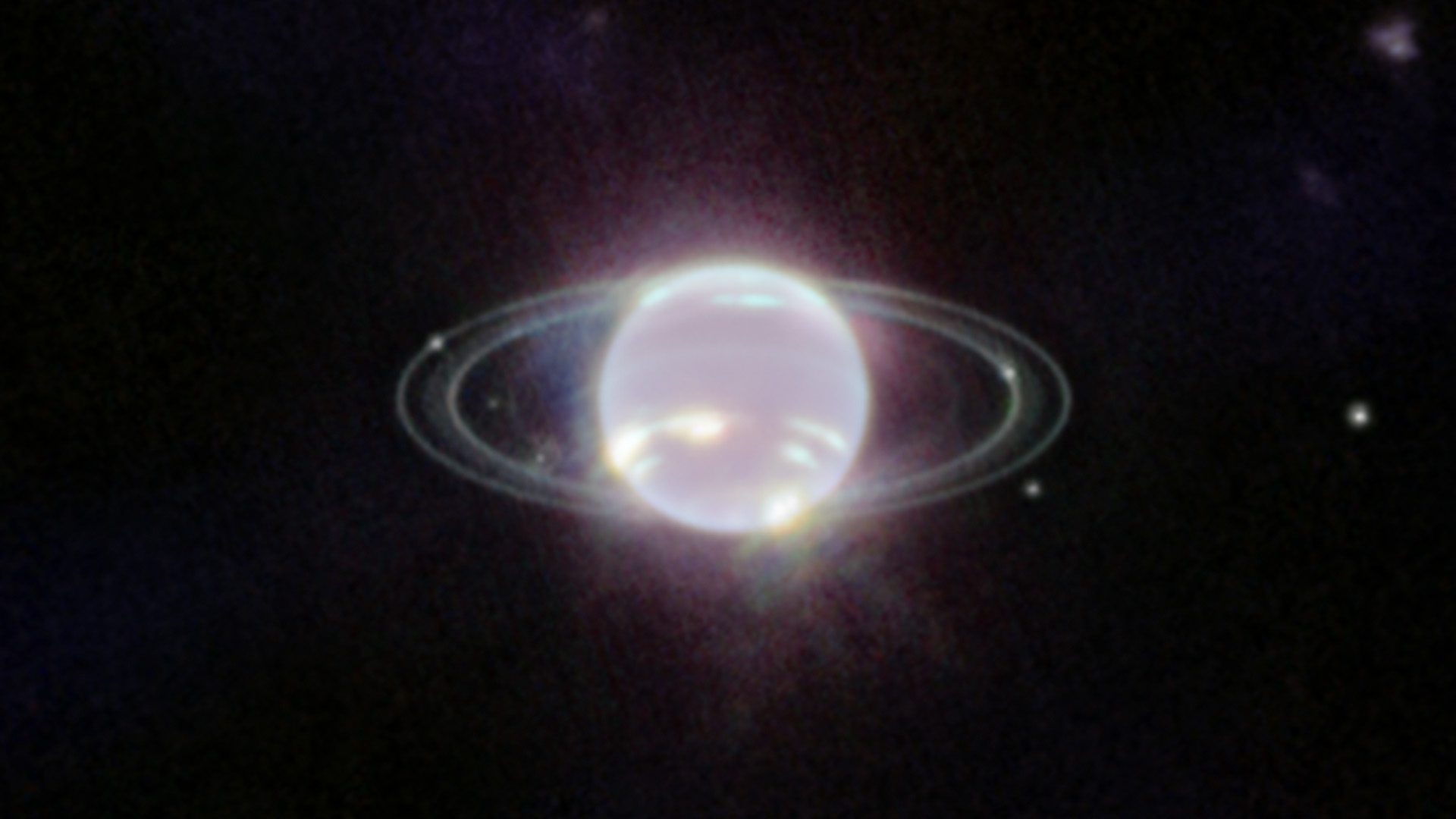A river of stars has been spotted flowing through the intergalactic space in a cluster of galaxies approximately 300 million light years away.
Named Giant Coma Stream, the bridge is known as a stellar stream and it’s 1.7 million light-years in length, which is the longest that astronomers have seen. This river is also the first of its kind that has been seen outside of the galaxy.

This find is also unique because stellar systems typically don’t last very long in such a dynamic and complex environment as a galaxy cluster. This discovery could be used to study galaxy clusters and dark matter in more detail.
“This giant stream crossed our path by coincidence,” stated observational astrophysicist Javier Román of the University of Groningen in the Netherlands and the University of La Laguna in Spain. “We were studying halos of stars located around large galaxies.”
Stellar streams, which are common in the Milky Way galaxy, are thought to be shredded remnants of dense globular clusters of stars that were pulled apart by tidal forces. They can be difficult to identify, however, because the streams are faint.
Though they can appear faint, modern telescope technology and analytical techniques have made faint objects easier to identify than they were in the past. Román and his colleagues used the 0.7-meter Jeanne Rich Telescope and the 4.2-meter William Herschel Telescope to search for faint structures within the Coma Cluster, a cluster that contains thousands of known galaxies.
The team was originally attempting to study galactic haloes – the diffuse, spherical regions of sparse stars and dark matter that encompass the populated planes of galaxies. Their data unexpectedly revealed the long, extended river of stars between the galaxies of the cluster.

As galaxy clusters are gravitationally chaotic environments, a stellar stream is unexpected to survive long. When they conducted simulations, the team found that these streams can form from a dwarf galaxy pulled apart by the gravity of larger galaxies.
Since the cluster isn’t expected to last long, it’s fortunate that we have the technology at this time in our history to capture the sight of the formation as it continues to be pulled apart. The discovery could help scientists further understand the cluster environment and whether similar structures could form in other clusters.
Researchers are hoping to use larger telescopes to view these conglomerations more closely and gain further insights.
“We would love to observe individual stars in and near the stream and learn more about dark matter,” said astronomer Reynier Peletier of the University of Groningen.







